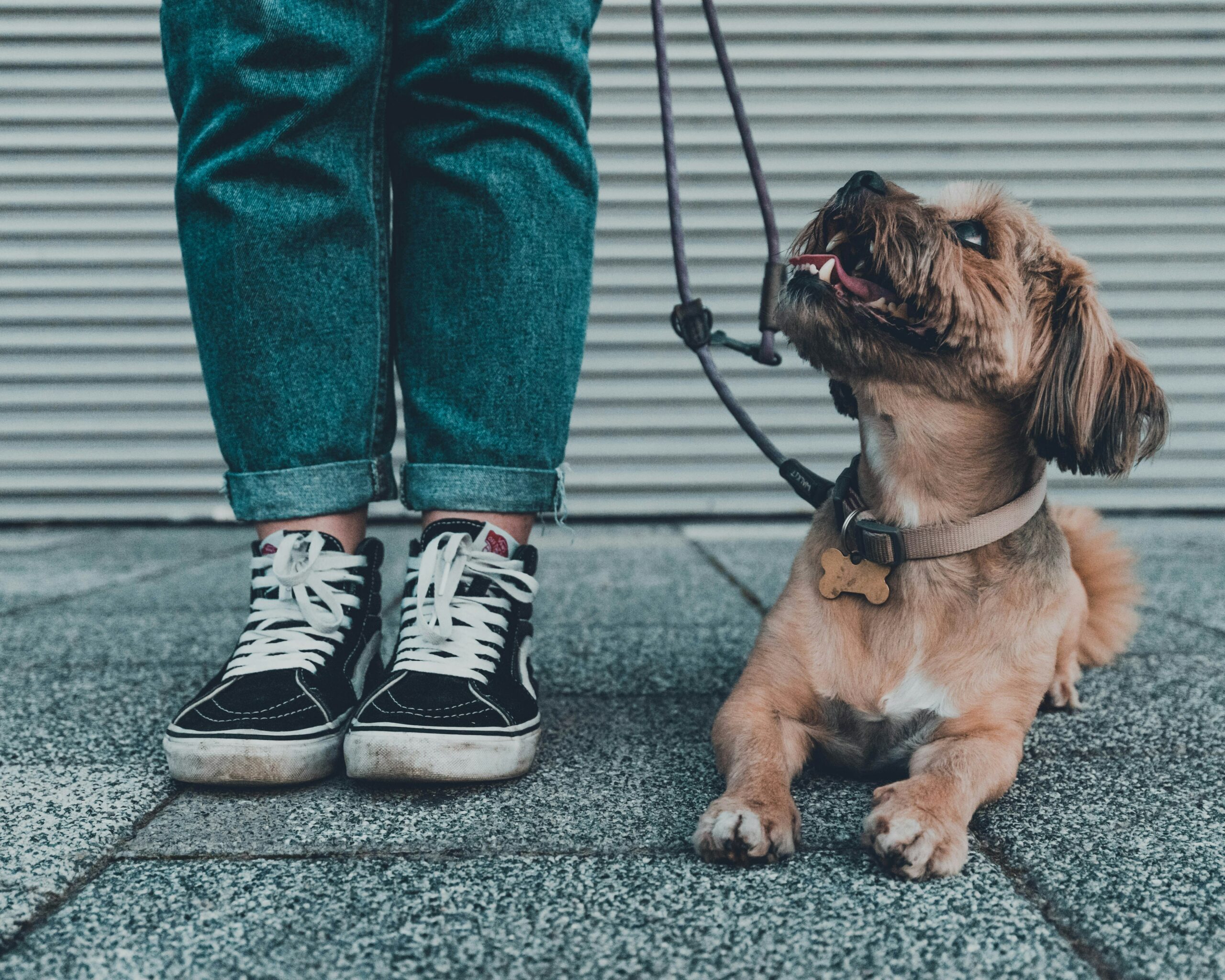CBD is just one of the many amazing cannabinoids found in the cannabis plant. It’s known for how it’s used as an alternative treatment for things like chronic pain, inflammation, depression, anxiety, and even autoimmune diseases. Many humans use CBD because it doesn’t contain the same psychoactive effects as THC.
With that being said, some people have also suggested that CBD could be useful for pets. And honestly, they’re right. CBD can be a fantastic option for pets—not just for something to relax them, but also as something that can be used to treat a number of conditions and ailments. But it’s important that you use it correctly! Here’s everything you need to know.
Getting Started—Pets And CBD
As a general rule, CBD products tend to be safe for pets—as long as they’re naturally derived from the ‘hemp’ variety of the cannabis plant. With that being said, this is really the most important thing to understand.
Products derived from the ‘marijuana’ variety of cannabis are NOT safe for animals.
Thus, you would never want to use these types of products–namely because they contain the psychoactive element known as THC. And thus, they tend to be toxic to animals.
How Can CBD Help Your Pet?
Pets who are suffering from epilepsy, arthritis, chronic pain, or anxiety may benefit from being given CBD as a holistic treatment method. There’s a lot of anecdotal evidence to suggest that CBD helps pets in a number of different ways. For example, according to one 2018 survey on the subject of using CBD for pets, 87% of respondents said that they would recommend CBD for their friend’s dogs.
Another study, this one also published in 2018, found that giving canine subjects CBD oil resulted in significantly reduced pain for the dogs. This was a placebo trial, and the placebo did not yield the same results. Thus, there’s some pretty significant evidence pointing toward the fact that pets can benefit from CBD in a number of ways.
How To Give CBD To Your Pet
If you plan to give CBD to your pet, then you’ll want to get CBD oil and mix it directly into your pet’s food. Or, you’ll want to buy a specifically designed CBD pet treat (we will talk about this a bit more in a moment).
Obviously, you’ll want to dose it correctly—and you’ll want to make sure that you don’t administer too much, so that you don’t give your pet more CBD than is good for them.
Here’s a guide to help you dose CBD for your pets.
What About Side Effects?
There are a few different side effects associated with using CBD in pets. Here’s a brief description of each, along with some brief instructions for how to minimize them.
Dry Mouth
Giving CBD can lead to a decrease in your pet’s production of saliva, so make sure that they have fresh water available in case they get thirsty.
Slight Lethargy
CBD is known for promoting relaxation in animals. And honestly, your pet might seem a little ‘overly sleepy’ when they first take their CBD dosage. If you feel like they’re getting too sleepy, you might want to decrease the dosage.
Reduced Blood Pressure
If you give your pet too much CBD, it can cause their blood pressure to go low. This, as a result, can make them lightheaded. Thus, if you notice that your pet seems ‘wobbly,’ you might want to decrease the dosage.
Diarrhea
Sometimes, when you introduce new foods to your pet, they’ll get the runs. And the same is true with CBD. To help counteract this, you may want to try introducing this into your pet’s diet slowly.
What CBD Products Work Best For Pets?
There are a number of pet-specific CBD products that will work for your pets. Some of these include bits, chews, and even topicals for your pet’s skin. Choosing the right product will probably involve figuring out exactly what the need is, and then extrapolating backwards from that to find a product that works well for your pet and their specific condition or issue.
Conclusion
Hopefully, this brief guide has helped you to understand exactly how CBD is used for pets, and what you can do to help your pet have the best experience with it possible. Now that you know, you can make an informed decision about your pet’s safety and well-being.
photo credit: https://unsplash.com/photos/9UUoGaaHtNE




